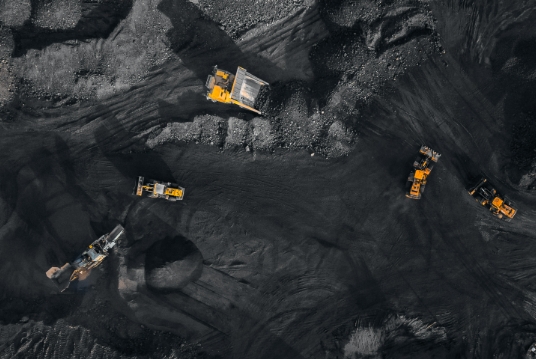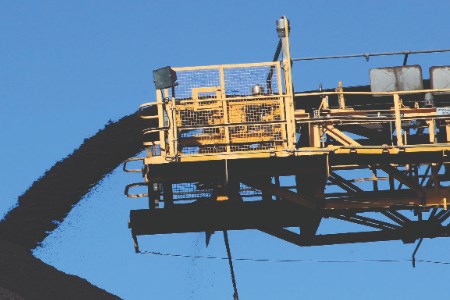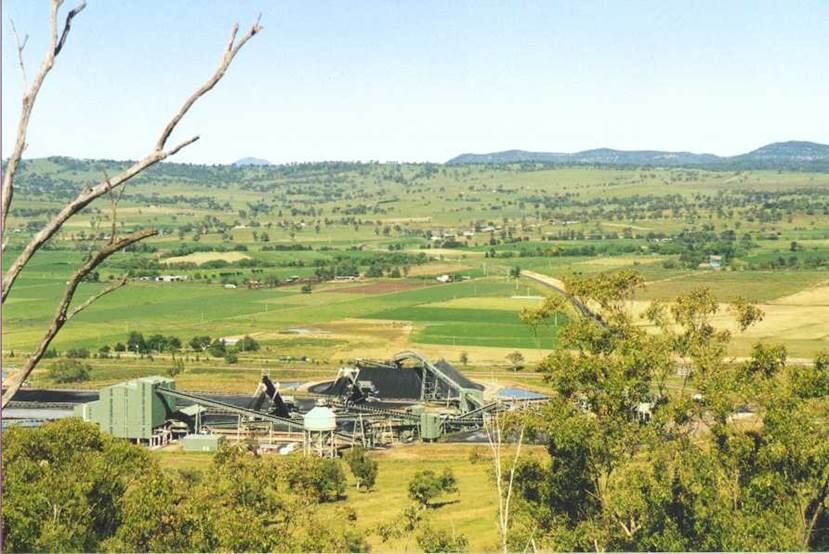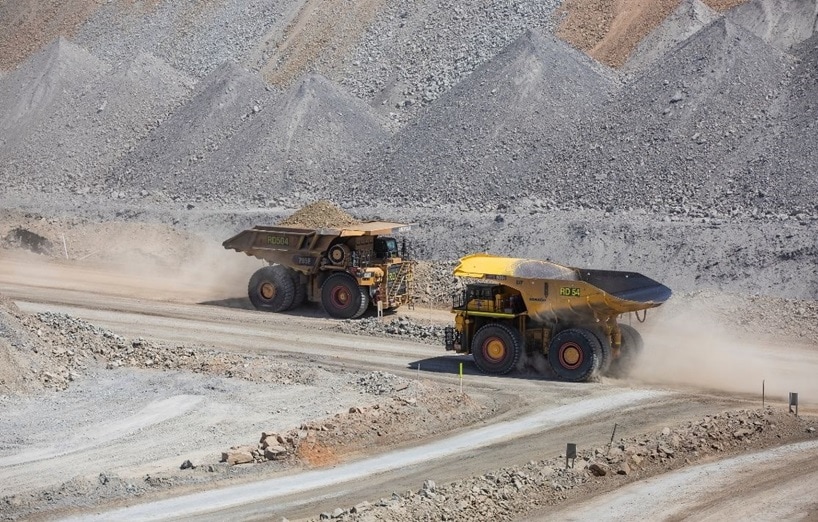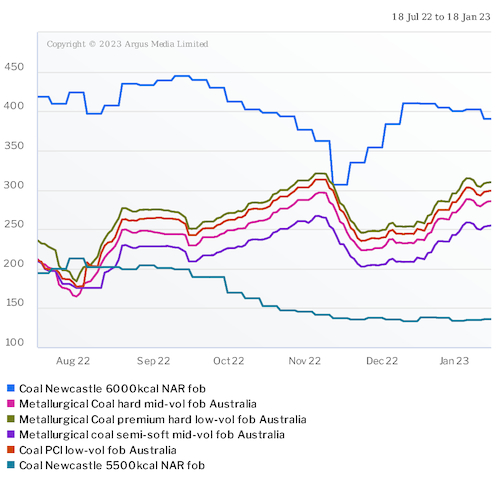The Chinese are easy to work with, plus, Chinese development banks are willing to lend billions to oil-producing countries in Latin America and Africa, and its state-run oil companies are willing to invest in projects others won’t touch with a ten-foot pole.
All of that has led to a massive Chinese footprint offshore, which will eventually translate into formidable geopolitical power, while the West is left behind.
China’s Appetite for Crude
A quarter of a century ago, China could meet its domestic demand for crude oil through its own production of 4 million barrels per day. Now, its demand is so much more, but China’s domestic production is still just 4 million barrels per day. It is now left to import the remaining 10 million barrels per day.
In the mid-1990s, the Chinese oil industry underwent a major reform, and the top three state-run oil outfits—The China National Petroleum Corporation (CNPC), The China National Offshore Oil Corporation (CNOOC), and The China National Petrochemical Corporation (Sinopec)—were given ministerial-level status and empowered to head overseas.
With that set in motion, its answer to demand now is to invest--and heavily--as far offshore as necessary.
And when it comes to oil investments, the competition is not nearly as fierce when it comes to pricey offshore oil projects.
The big three oil producers in China were expected to spend $77 billion on oil developments this year, according to Bloomberg. Domestically, China will likely need to spend more to get more oil out of the ground at home, since China’s oil is deeper and harder to get at than the United States’ oil.
China’s capex plans, however, suggest that this price tag is mighty fine with them—a justifiable price to pay for oil security.
Foreign Offshore Oil Projects
China’s three main oil giants have been snapping up offshore oil projects for years, even in the years post-$100 oil when everyone else’s belts began to tighten. They are better positioned than many other foreign oil companies to invest in pricey projects abroad, not the least of which because they have the money, they are motivated by their high demand and low existing production, and they are state-owned, making decision-making easier.
In November 2017, Brazil: three consortiums involving three of China’s oil giants, CNPC, CPCC, and CNOOC won three major blocks offshore Brazil. The blocks include Peroba, Alto de Cabo Frio West, and Saphinhoa.
CNOOC, which also snapped up a block in that auction as part of a consortium, has its hands in several ultra deep water blocks there, including in the Mero block, as well as the Alto de Cabo Frio Oeste, Pau Brasil, and Block 592 in the Espirito Santo Basin. For Mero, which holds 3.3 billion barrels of oil equivalent, first oil is expected in 2021.
But that’s not all. CNOOC has 100% working interest in two deepwater projects in Mexico, in the Gulf of Mexico’s Cinturon Plegado Perdido, in Blocks 1 and 4. It also is the lucky holder of a 25% working interest in the Stabroek block offshore Guyana, where recoverable resources are expected to be about 6 billion barrels of oil equivalent, with six discoveries made last year and four made this year, for a total of 14 discoveries in that block since 2015. The next discovery there, the Liza Phase 1, is expected to come online in 2020. Liza 2 and Payara are expecting first oil in the next few years.
In the United States, CNOOC has assets in Stampede and Appomattox fields in the Gulf of Mexico, the latter of which just recently went into production. Stampede went into production last year.
CNOOC is exploring other offshore areas as well, in both oil and gas, including in the Republic of Congo, in the Haute Mer A block, Gabon in blocks BC 9 and BCD 10’s Leopard-1 well, in Senegal’s AGC Profond Block, and Nigeria’s OML130 block including in the Egina and Akpo fields, which are already in production.
Even Brazil’s most recent oil auction, which ended up as a huge disappointment for Brazil, found interested bidders in CNOOC and CNPC—the only bidders in the auction aside from Brazil’s state-run Petrobras. The reason for the lackluster interest was the high cost of the auction and a complicated deal structure with Petrobras. That didn’t deter China.
China has also made an offshore foray into Canada, purchasing a few years back Alberta-based Nexen for more than $15 billion. Nexen holds offshore oil assets in the North Sea, Africa, and the Gulf of Mexico, and in Canada’s East Coast, including the Flemish Pass, where it is set to commence a wildcatting campaign in just a few short weeks.
China’s quest for drilling know-how
What’s similar about many of these deals is that China’s deepwater projects are often as part of a consortium. This allows China’s state-run oil giants to glean experience and technical know-how for deepwater drilling, which they can also use back home, where drilling is particularly difficult.
The other similarity is that China seems to have an abundance of cash and is willing to overlook host countries’ lack of transparency and security and corruption issues--finding that oil seems to be worth the risk--at any price.
Scrambling for China’s Deep Pockets
When it comes to countries willing to host China’s oil ambitions, there are few unwilling participants. Africa--particularly Angola and Nigeria--and Latin America, such as Venezuela, have been more than eager to get their hands on China’s cash. This could be in the form of bank loans to host countries in exchange for oil, or in direct payments to state-run oil companies for oil project stakes, and mergers and aquisitions, like CNOOC’s Nexen purchase above.
All told, other countries’ debt owed to China rose tenfold between 2000 and 2017, from less than $500 billion in 2000 to more than $5 trillion in 2017, according to a study from German think tank Kiel Institute for the World Economy, and much of that debt is “hidden”, that is, not reported to the IMF, World Bank, or Paris Club. This means that no one really knows exactly how much money China is throwing around and to whom or for what.
But estimates do exist, mainly from news reports and even government press releases--mostly unofficial sources---a trend that highlights the nontransparent nature of China’s deals, including offshore oil deals.
Angola, for one, has attracted more of China’s money for energy projects than any other African country since 2000—at least we think--well before the oil price crash, according to a Boston University study from last year.
From 2000-2018, China funded US$34.8 billion in African energy projects, $8.9 billion of which went to Angola, and $6.6 billion of which went to Nigeria. Not all of the funds went to offshore projects, but with China throwing its dollars toward African energy projects in general, shows China’s wisdom in banking on a population explosion on the continent, to more than 1.3 billion people by 2050—logically increasing energy needs for Africa.
In Latin America, Brazil is a primary target for Chinese invesments, with an estimated $17 billion in funds moving from China to Brazil from 2010 to 2013. Argentina, Colombia, Ecuador, and Bolivia were also recipients of Chinese money in the form of petroleum investments.
But the relationship that is highlighted the most in recent years has been with Venezuela--who is in dire need of cash. China has provided $50 billion in oil-backed loans to Venezuela since 2007, unphazed by Venezuela’s undemocratic government that spooked many Western rivals.
It is unlikely that China is finished with its offshore oil plans. There is nowhere China won’t go on its oil quest, and there aren’t many competitors big enough -- or brave enough -- to compete for these risky, high-cost offshore projects unpopular host countries.
Will it find enough oil offshore to feed its 10 million bpd import habit?

